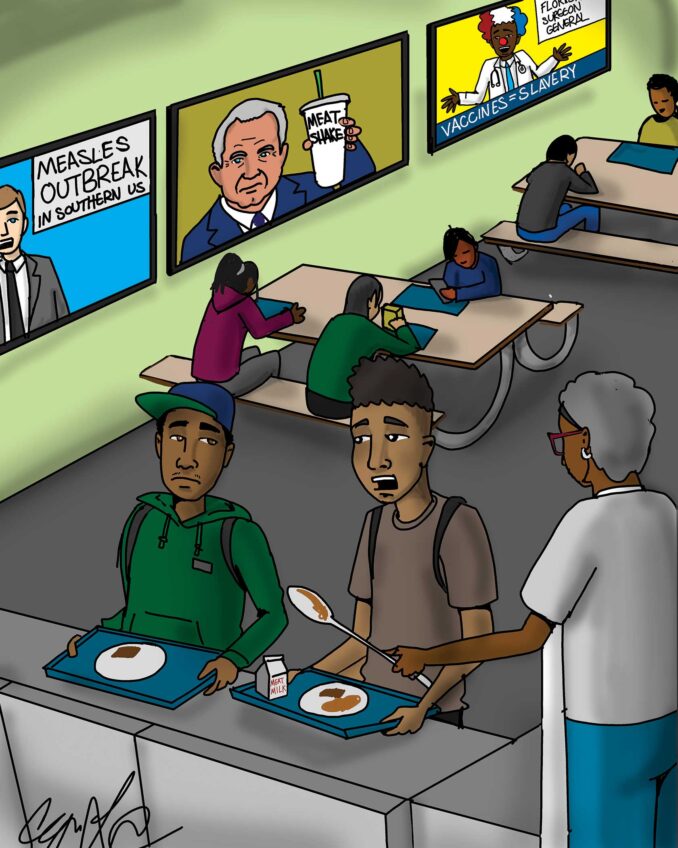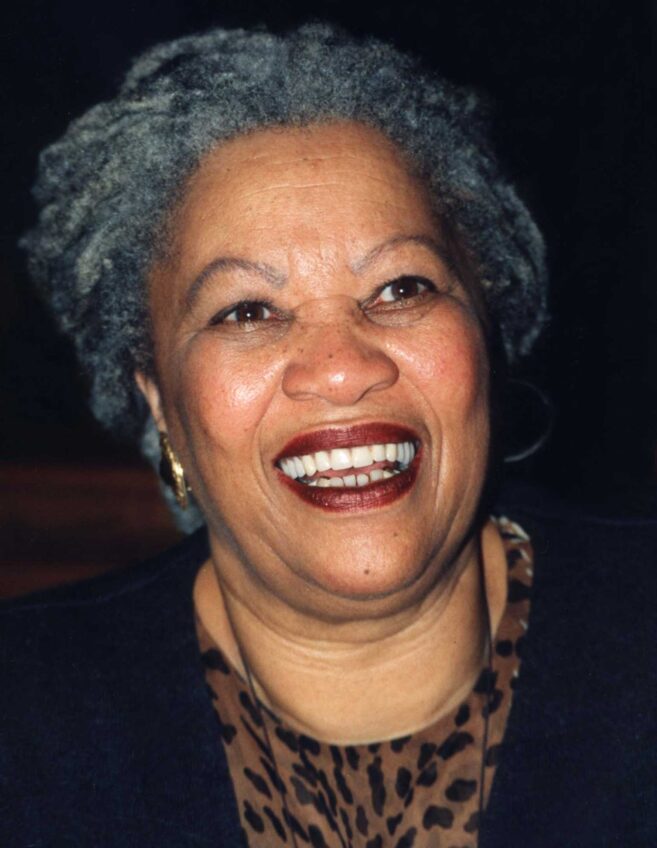We must learn from our past, acknowledge our present and remain hopeful for our future in our fight to ensure equity for all.
Juneteenth, also known as Emancipation Day, became an official federal holiday in 2021, when President Biden signed legislation acknowledging the importance of June 19, 1865. This date signified the true end of slavery in the United States. It’s when enslaved Black Americans in Galveston, Texas, were informed of their freedom, more than two years after the signing of the Emancipation Proclamation.
We know that our history, as Black Americans, is one of perseverance and of hope toward true equity. While we see progress, there is still work that remains to achieve true equity. For example, we know your ZIP code is the greatest predictor of life expectancy. That’s because people of color are more likely to live in communities with oil refineries, chemical facilities, concrete batch plants, salvage yards, and freeways. We are also likelier to have riskier jobs and less access to healthcare and insurance. Simply put, Black Americans and communities of color face the harshest environmental consequences, with little to no relief.
For more than 20 years, I’ve been a part of the environmental justice movement that works to remedy environmental harms that have been purposefully or incidentally imposed on specific communities and to prevent similar injustices from happening in the future. The movement has come a long way since its origins in 1982, where a predominantly Black community in Warren County, North Carolina, protested the development of a hazardous waste landfill in their community. These protests ignited public awareness about environmental injustices and the need to work towards practical solutions.
Five years later, the United Church of Christ’s Commission for Racial Justice released a groundbreaking report titled “Toxic Wastes and Race in the United States.” The report found that race is the strongest predictor of the placement of hazardous waste sites. Since then, we have seen a defined shift in how environmental inequities are addressed.
Today, the environmental justice movement has transcended its grassroots origins to be an essential aspect of environmental progress. For example, environmental justice has become an integral part of academic curricula. Universities and colleges are not only weaving environmental justice into the fabric of environmental work — but they’re also making EJ a focal point of learning. The University of Chapel Hill, for example, has an environmental justice minor that students can study. Of equal importance, it is now integrated throughout the federal government.
Over the past four years, we have reached new heights with federal funding to advance environmental justice. The Inflation Reduction Act, Bipartisan Infrastructure Law, and Justice40 are historic opportunities to redress injustices and build a better future, but only if resources get to the communities that need them most. The Environmental Protection Agency established the Office of Environmental Justice and External Civil Rights (OEJECR), a national program office that provides needed resources and other technical assistance on civil rights and environmental justice. The office also engages with community-based organizations to support community-led action and justice efforts.
At the local level, community-based organizations are deploying their own networks of air pollution monitors, fighting permits, and building solar farms to ensure a cleaner, safer and healthier future. In 2022, with the support of the Environmental Defense Fund, I started the Frontline Resource Institute (FRI) to support frontline communities working to advance environmental justice and providing the resources and technical assistance they need. We help these organizations secure grants and provide them with the necessary funding and tools to assist their fight for safe, healthy, and sustainable environments. Our work is guided by our conceptual committee made up of environmental justice community leaders, advocates, and experts. I often say, the people closest to the problem are the closest to the solutions, and we model that at FRI.
Community leadership is crucial to having equitable solutions and resources to reach those that are the most vulnerable. We must radically listen to those who face reduced life expectancy and worsening health outcomes directly attributed to their physical environment.
We must learn from the historic injustices of the past and advocate for a better tomorrow, today. This requires all of us to get involved in our communities, have conversations with friends and family, and, most importantly — vote.
Your vote is your voice. At EDF, we encourage all in our network to demand change from our leaders in many ways. From signing petitions to simply joining our mailing list to learn more, any effort counts. We must remember our responsibility to protect the progress made, by electing leaders who will act with urgency on environmental justice issues and advocate for a sustainable, healthier future for all.
Dr. Margot Brown is the senior vice president for justice and equity at Environmental Defense Fund and acting director of Frontline Resource Institute. This piece was published in WordInBlack.com on June 17, 2024.






